US research found that 1 liter of water in a plastic bottle contains an average of 240,000 microplastic and nanoplastic particles.
The study, published on January 8 in the journal Proceedings of the National Academy of Sciences , is 10 to 100 times higher than previous estimates. According to experts, microplastic particles are capable of penetrating human cells, entering the blood and organs.
Microplastics are found everywhere, from the deepest ocean to the human body at birth. However, previous studies have shown that each plastic bottle contains only about 325 pieces of microplastic. New research suggests that the actual number is about 100 times higher, challenging previous standards for the safety of bottled water.
According to the authors, most microplastics come from the bottles and bottle caps themselves. These are particles smaller than a micron in size.
For the study, they used five bottles from three US brands and found microplastic levels ranging from 110,000 to 400,000 per liter, with about 240,000 particles from seven types of plastic in the bottle. The authors declined to name the brands used for the samples.
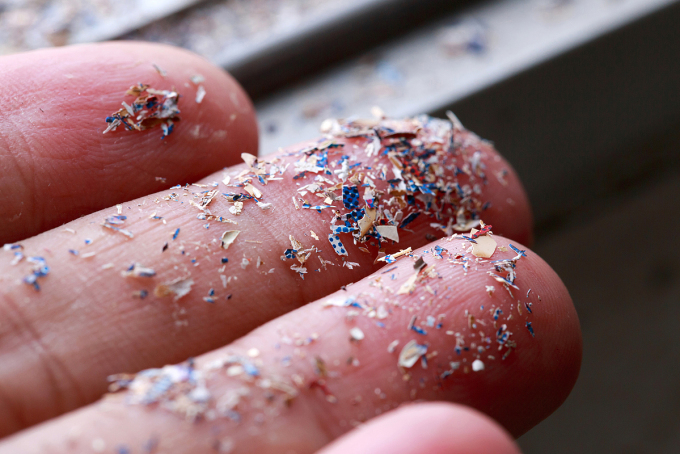
Plastic particles on human fingertips. Photo: Istock
About 90% of the particles were identified as nanoplastics, the rest as microplastics. Nanoparticles are less than 1/70th the width of a human hair, so small they cannot be seen under a microscope. Researchers had to invent technology to quantify these tiny particles so they could be counted and analyzed.
Previous research has shown that plastic nanoparticles can penetrate cells and tissues in major organs, travel through the bloodstream, and release synthetic chemicals that are harmful to the body.
Many experts have pointed out the potential impact of plastic nanoparticles, but they are not sure whether they make bottled water more dangerous.
"We're learning more about how harmful they are. Right now we know they're getting into tissues. The next step is to look at how they work in cells," said study co-author Dr. Phoebe Stapleton.
Thuc Linh (According to Independent, Times of India )
Source link


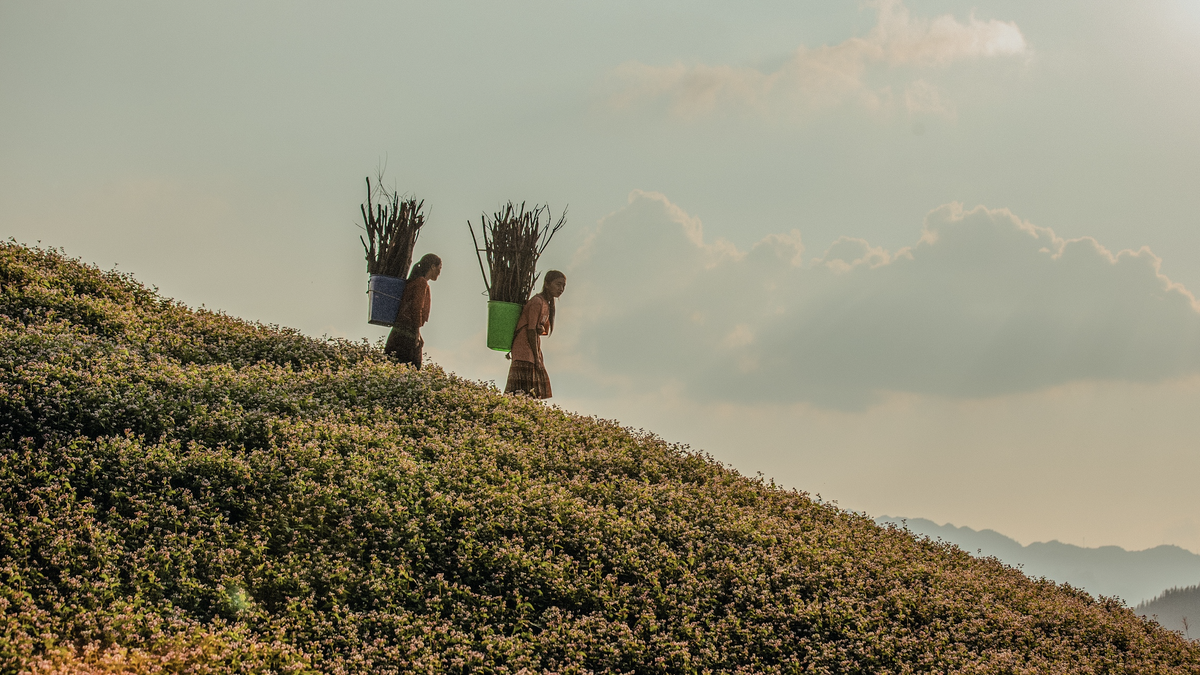
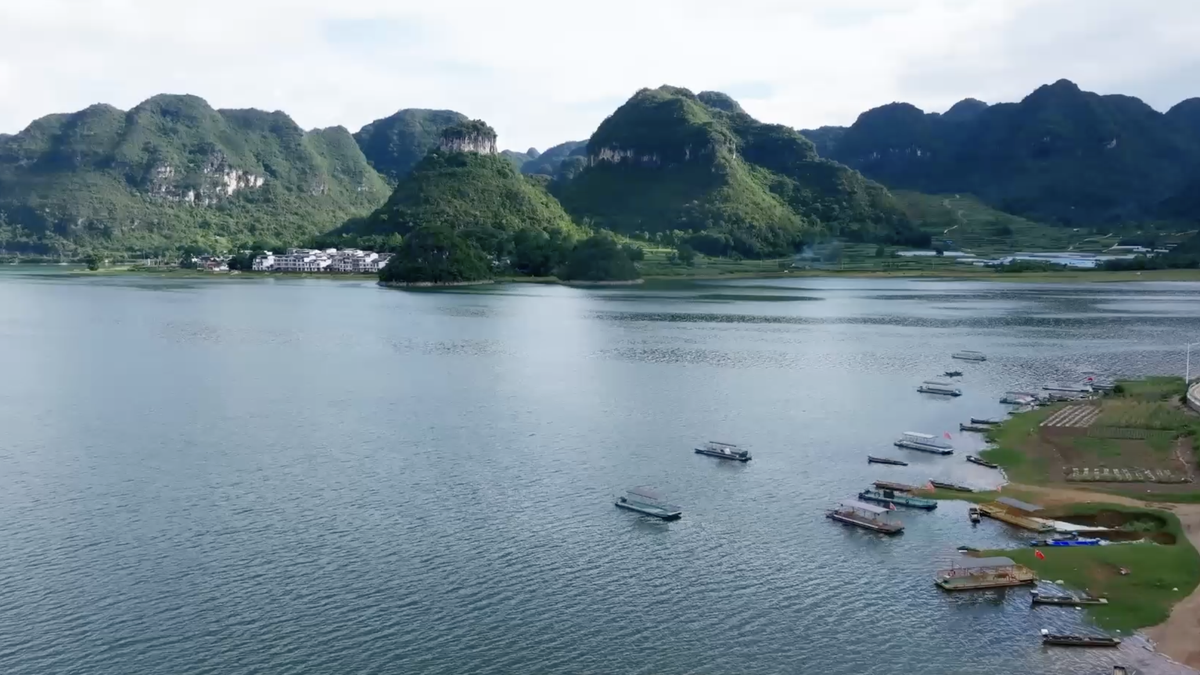


![[Photo] General Secretary To Lam and National Assembly Chairman Tran Thanh Man attend the 80th Anniversary of the Traditional Day of the Vietnamese Inspection Sector](https://vphoto.vietnam.vn/thumb/1200x675/vietnam/resource/IMAGE/2025/11/17/1763356362984_a2-bnd-7940-3561-jpg.webp)
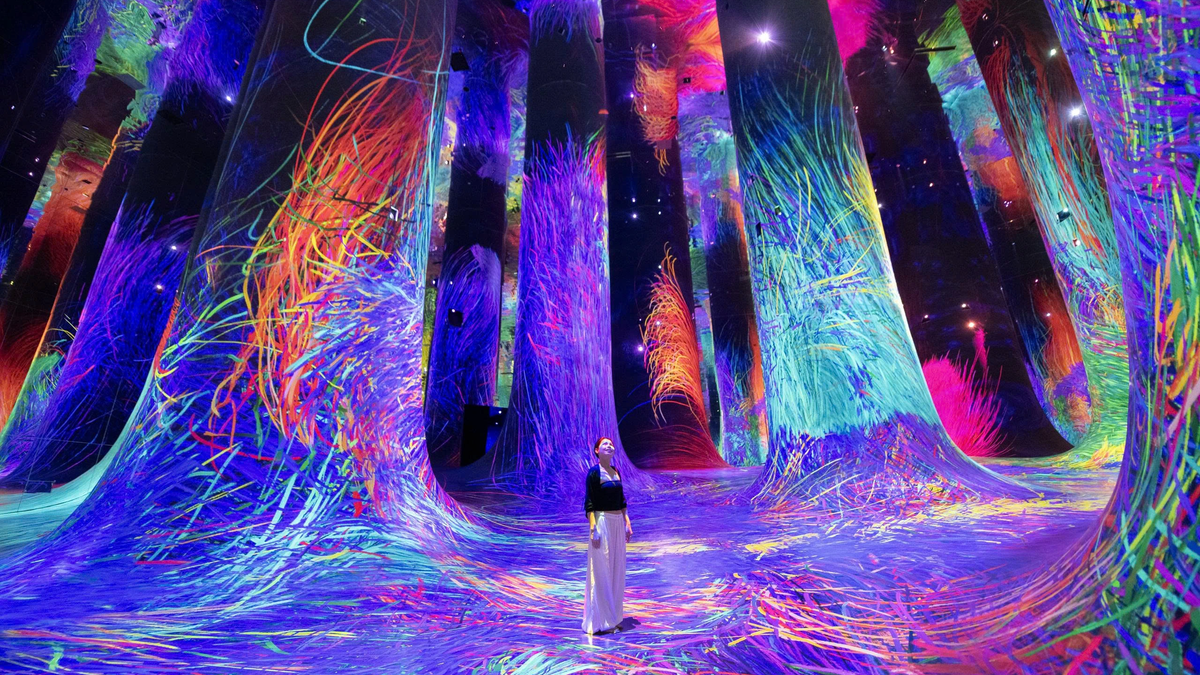
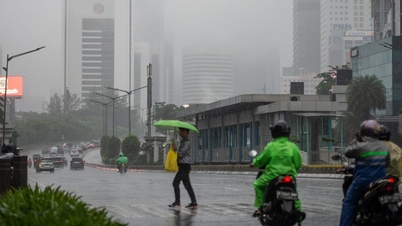





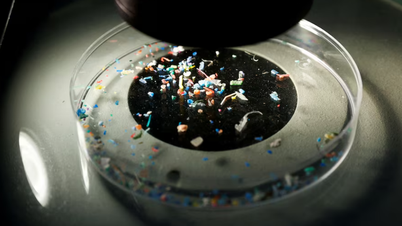
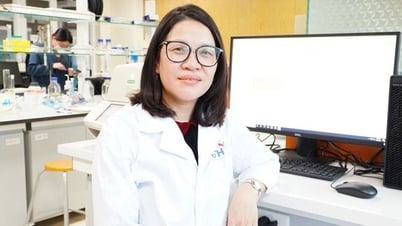

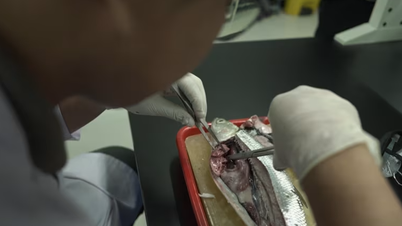

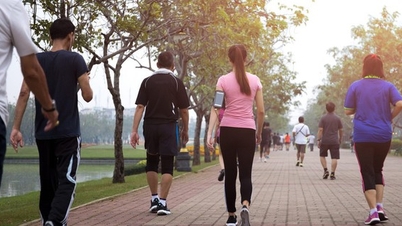

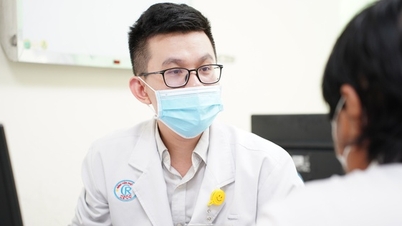
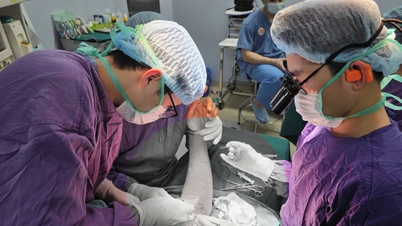

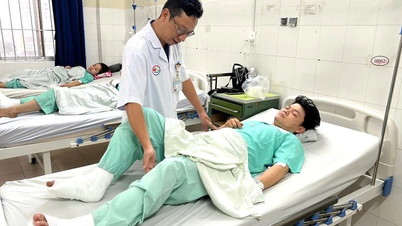





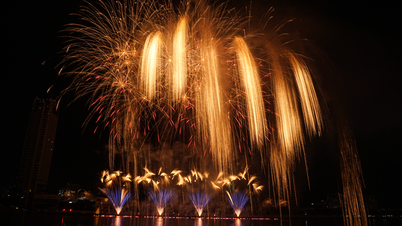
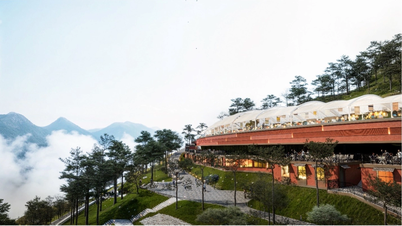
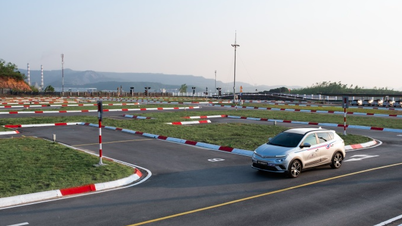



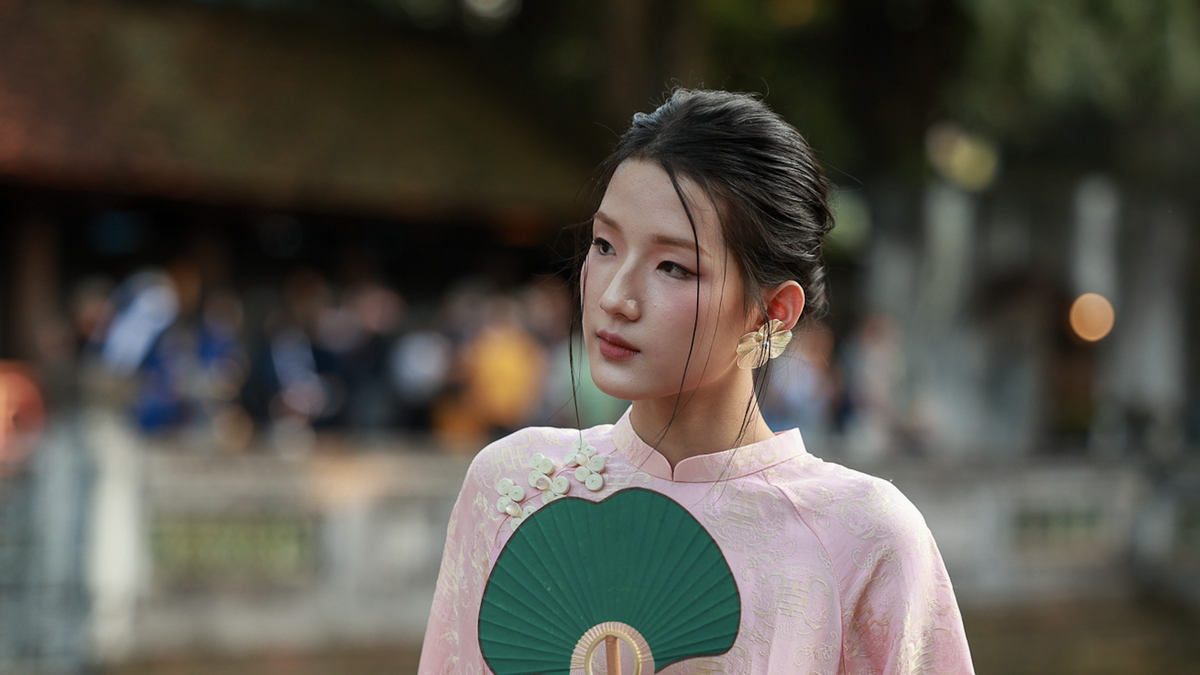
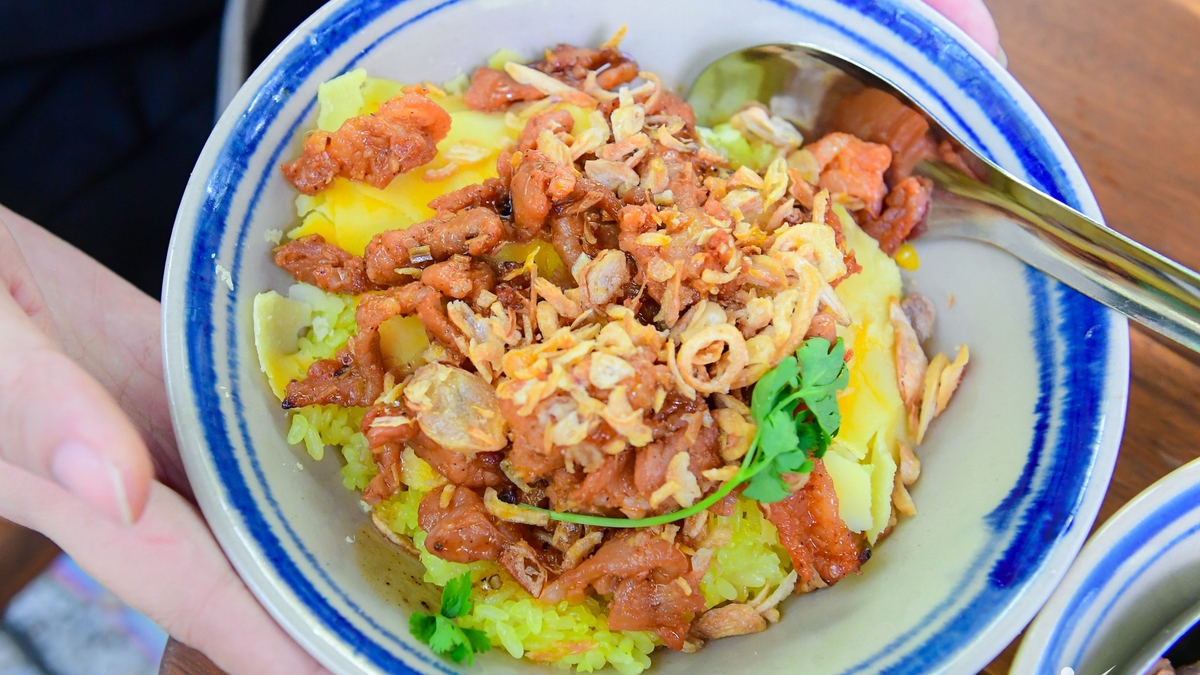
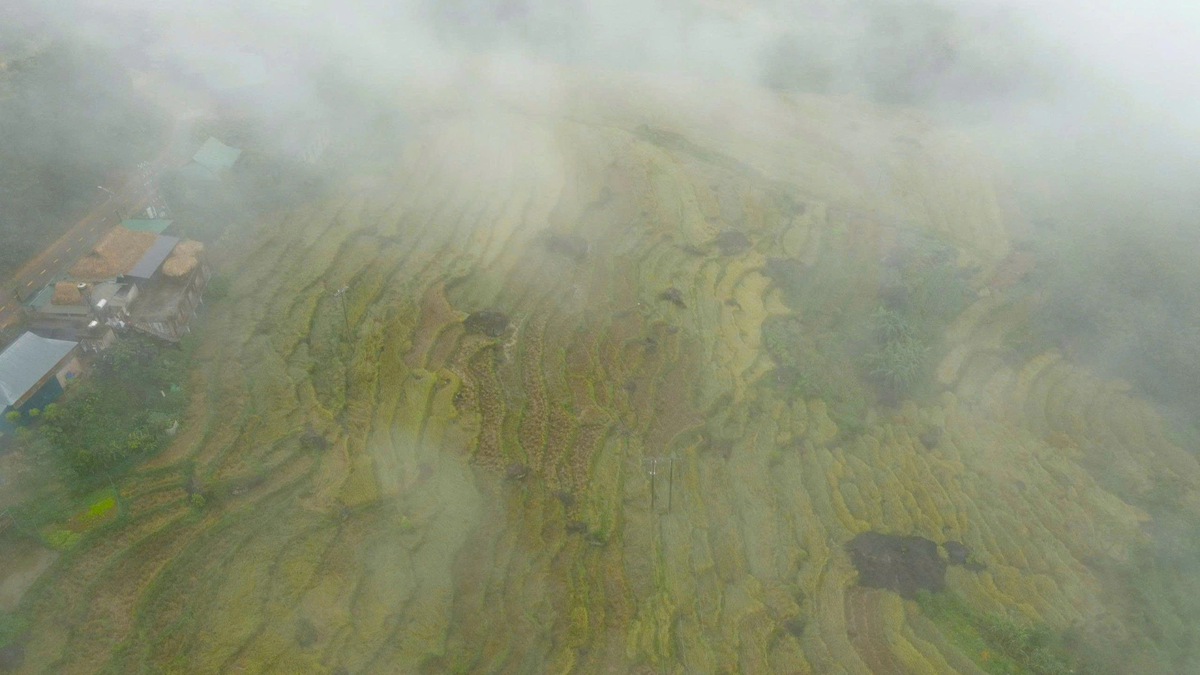








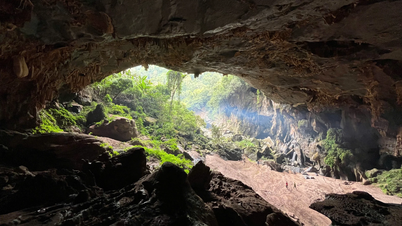

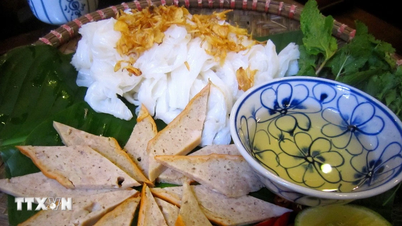
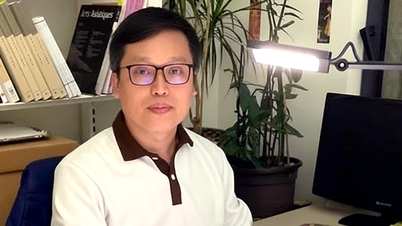






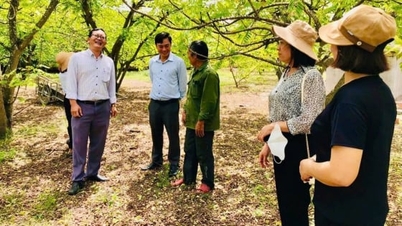












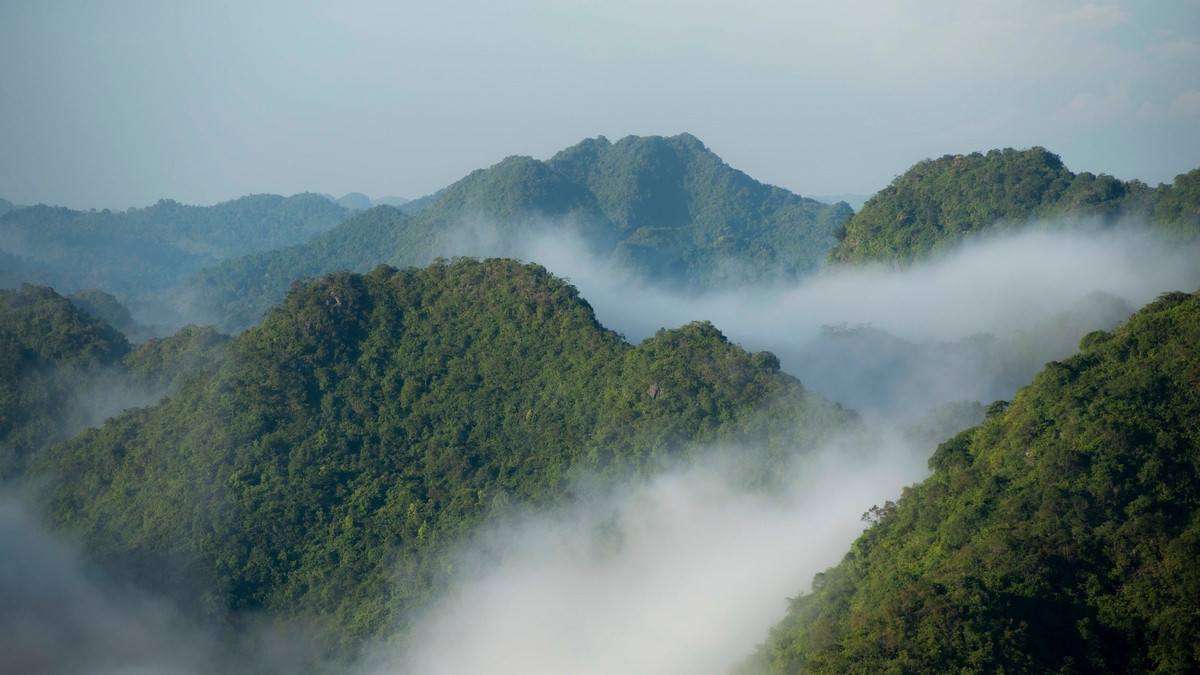






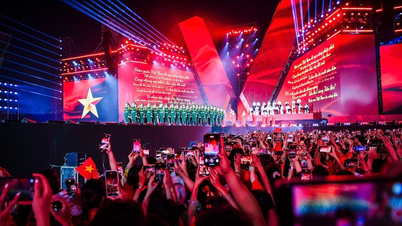
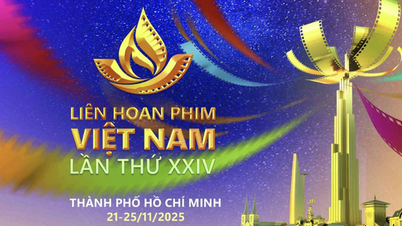









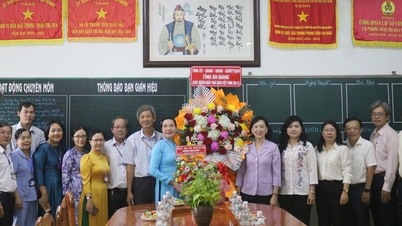

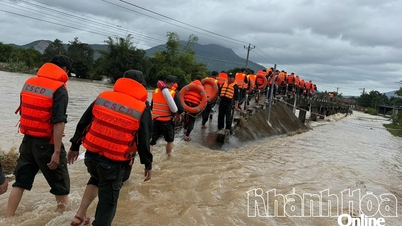

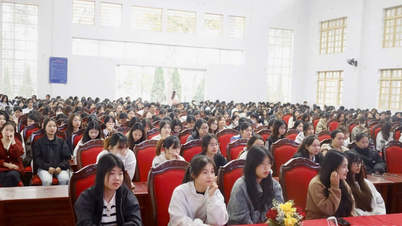



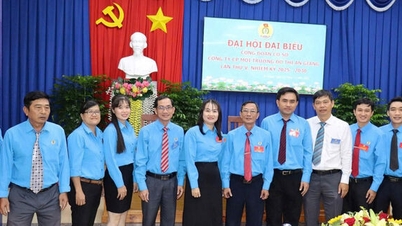
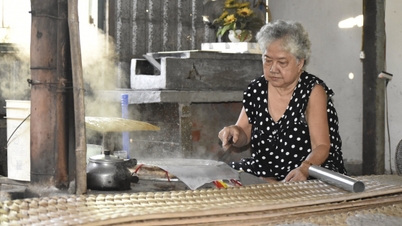

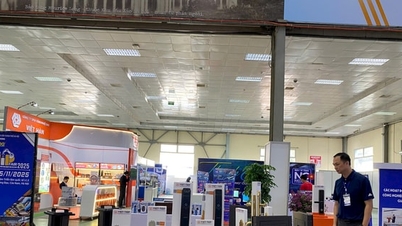
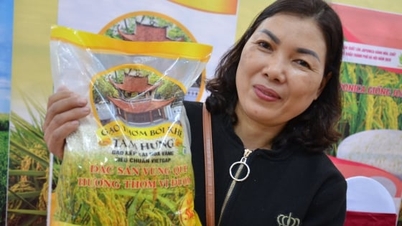

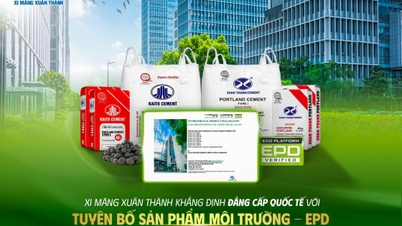





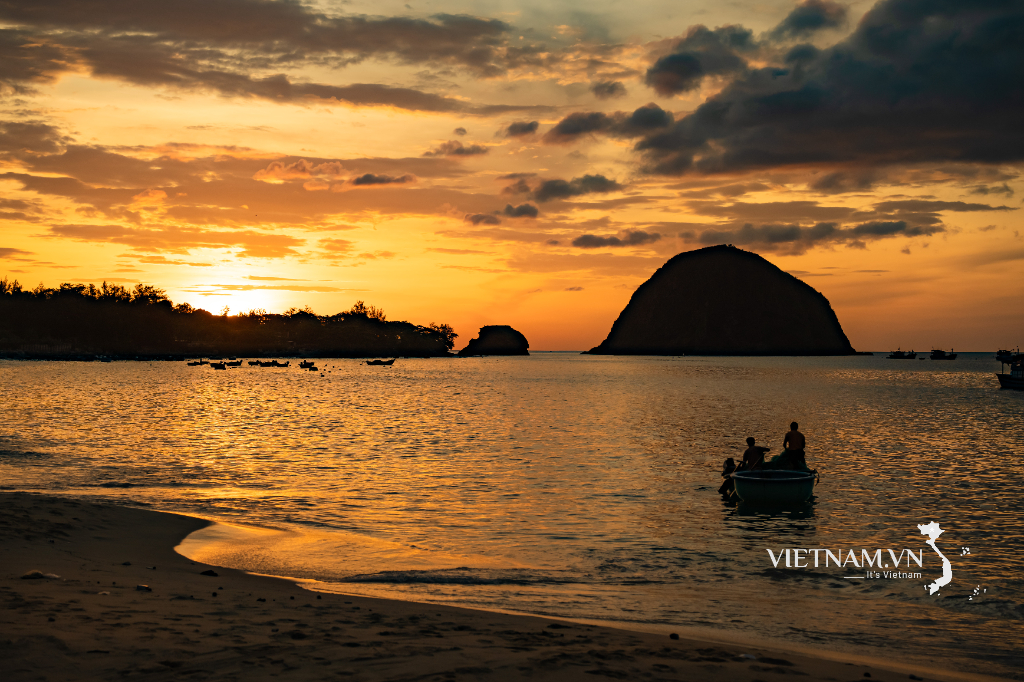

Comment (0)